Hartford Whalers (Logo) Headed to Connecticut (Vehicles)
/Connecticut drivers may soon see another vanity license plate option if a bill approved by the state legislature is signed into law by Governor Malloy. A license plate commemorating the Hartford Whalers hockey franchise, which departed the Capital city 20 years ago, gained legislative approval in the final days of the General Assembly session. It is the latest of an ever-growing list of license plates supporting a variety of charitable causes and local organizations that are authorized by the state and raise money for various causes. The Whalers license plate is to be a fundraising vehicle for the Connecticut Children’s Medical Center.
Stafford Springs State Rep. Kurt Vail, who introduced the bill, said in public hearing testimony earlier this year that “the popularity of the franchise has not gone away.” He predicted that the license plate would be “a huge hit amongst our citizens.” House Majority Leader Matt Ritter of Hartford said that “with memories of attending games with my grandfather still fresh…the Whalers continue to have a large and growing following in the city.”
Although the Whalers license plate was created by an act of the legislature, state law allows the Department of Motor Vehicles to issue special background plates on behalf of non-profit organizations. The organization must be non-profit, must submit a copy of the organization’s charter or by-laws, provide a letter of good standing from the State of Connecticut Secretary of State’s Office (if required) and supply any Internal Revenue Service ruling on their non-profit tax exemption status.
The logo production and cost incurred will be the responsibility of the organization. The logo prototype design, preferred in PDF format, must be submitted to the DMV. The logo can be no larger than 2 inches wide and 3.5 inches high. DMV has final approval on all the plate and logo designs.
A liaison for the organization must be appointed. This individual will be responsible for all communications with the DMV as well as certifying and authenticating (by signature) each member’s application, submitting the logo design to DMV for approval, submitting 400 applications with the required fee prior to the manufacturing of the special background plates, and submitting a Special Interest Plate disclaimer.
Many organizations in Connecticut offer license plates to their members and the general public. General categories include animals, colleges, environment, organizations, police and fire, cities and towns, and recreation.
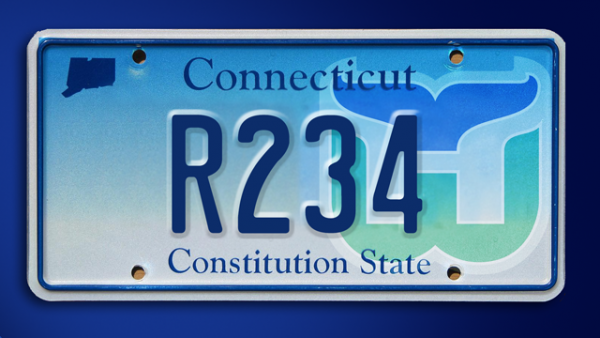 Organization vanity plates include Amistad, Benevolent & Protective Order of the Elks, IUOE Local 478, Grand Lodge of Connecticut, Knights of Columbus, Olympic Spirit, P.T. Barnum Foundation Inc., Preserving Our Past CT Trust for Historic Preservation, Red Sox Foundation, Lions Eye Research Foundation, Special Olympics, Federated Garden Clubs, Fidelco Guide Dog Foundation, Keep Kids Safe, New England Air Museum and the U.S.S. Connecticut Commissioning Committee.
Organization vanity plates include Amistad, Benevolent & Protective Order of the Elks, IUOE Local 478, Grand Lodge of Connecticut, Knights of Columbus, Olympic Spirit, P.T. Barnum Foundation Inc., Preserving Our Past CT Trust for Historic Preservation, Red Sox Foundation, Lions Eye Research Foundation, Special Olympics, Federated Garden Clubs, Fidelco Guide Dog Foundation, Keep Kids Safe, New England Air Museum and the U.S.S. Connecticut Commissioning Committee.
When individuals purchase a Keep Kids Safe plate, a portion of the fee goes to the Keep Kids Safe Fund, which “makes many worthy projects happen for youngsters.” The fund awards grants to schools, hospitals, municipalities and other non-profit organizations working to make all Connecticut children safer from severe and preventable injuries, according to the DMV website.
In most cases, remake of a current plate is $70; a new vanity plate is $139, a new series plate is $50. For others, including the UConn Huskies plate, the price tag is somewhat different. Off-the-shelf license plates cost $55, remake of a current plate is $75, a new vanity plate costs $144, according to the DMV website.
The Support Our Troops plate sends a portion of the fee to provide funding for programs to assist Connecticut troops, their families and veterans. When you buy a Red Sox plate, a portion of the fees support and help fund academic scholarship programs in Connecticut.
Also included are 17 varieties of military specialty plates, including Disabled American Veteran, Gold Star Family, Iwo Jima Survivor, Korean War Veterans Association, Marine Corps League, Laos Veterans of America, Military Order of the Purple Heart, Pearl Harbor 1941, U.S. Submarine Veteran, National Guard Association of Connecticut, First Company Governor’s Foot Guard, First Company Governor’s Horse Guard,
Colleges with designated plates include Central Connecticut State University, Penn State Alumni, University of Hartford, University of Connecticut, and University of New Haven. Cities with available plates include Meriden, Norwich, and Stafford.
Organizations interested in launching a new special plate, should contact the DMV Special Plate Unit at (860) 263-5154 for further information.


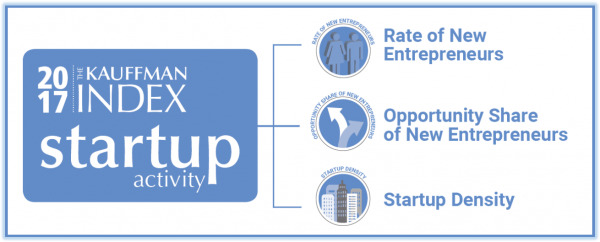
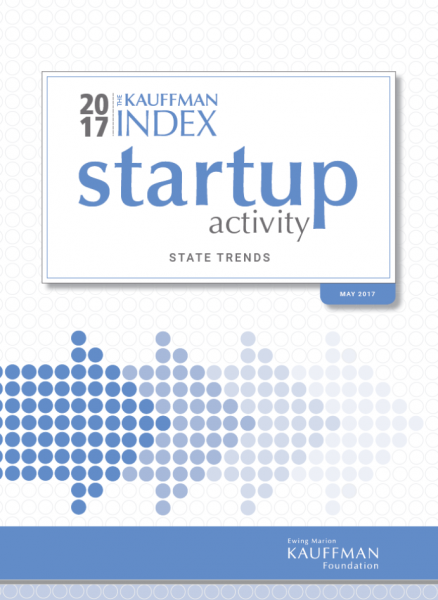
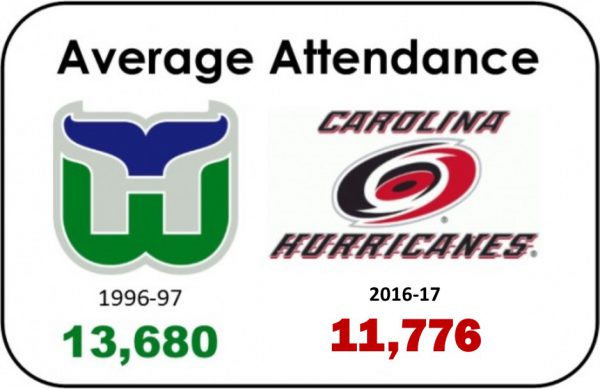
 ades of highs and lows as the Carolina Hurricanes – two Stanley Cup appearances, and one win of the Cup in the early years, and the worst attendance in the National Hockey League, or near the bottom, more recently. In Hartford, the Whalers
ades of highs and lows as the Carolina Hurricanes – two Stanley Cup appearances, and one win of the Cup in the early years, and the worst attendance in the National Hockey League, or near the bottom, more recently. In Hartford, the Whalers 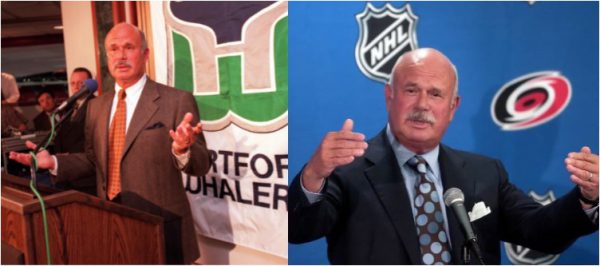

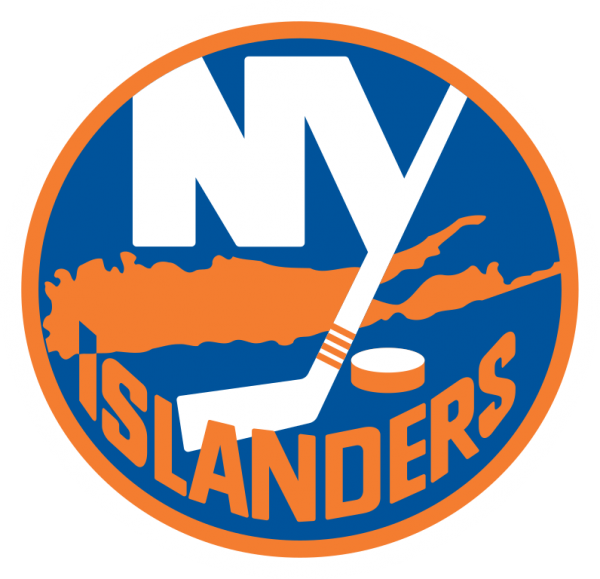 Lowest
Lowest 
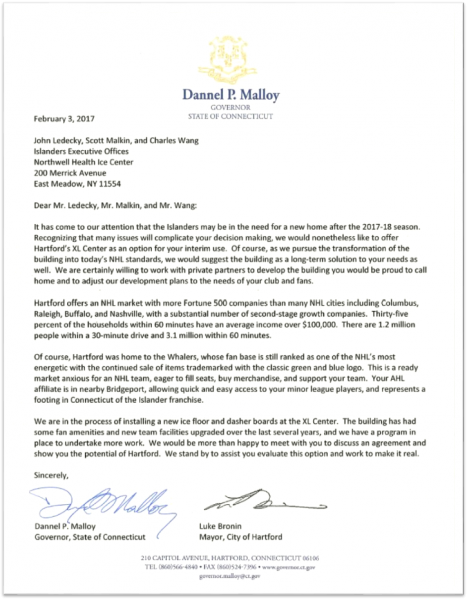
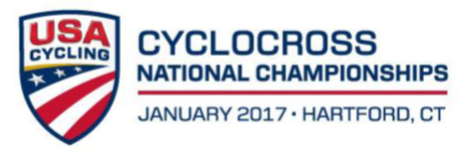 “The cyclocross national championships are the pinnacle of cyclocross racing in the United States each year,” said Micah Rice, Vice-President of National Events, USA Cycling. Cyclocross is a very specific type of bike racing, as described by Cyclocross Magazine. For the most part, the course is off-road but there are sometimes portions of pavement included in the course. Riders can expect to encounter grass, dirt, mud, gravel, sand, and a whole slew of other assortments and combinations. The races are based on a set time (measured by numbers of laps), not distance. Depending on your category, a race can be as quick as 30 minutes (for beginners), or as long as 60 minutes (for pros).
“The cyclocross national championships are the pinnacle of cyclocross racing in the United States each year,” said Micah Rice, Vice-President of National Events, USA Cycling. Cyclocross is a very specific type of bike racing, as described by Cyclocross Magazine. For the most part, the course is off-road but there are sometimes portions of pavement included in the course. Riders can expect to encounter grass, dirt, mud, gravel, sand, and a whole slew of other assortments and combinations. The races are based on a set time (measured by numbers of laps), not distance. Depending on your category, a race can be as quick as 30 minutes (for beginners), or as long as 60 minutes (for pros).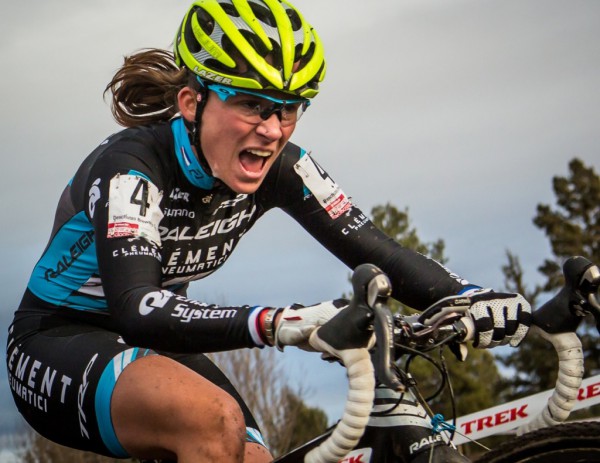
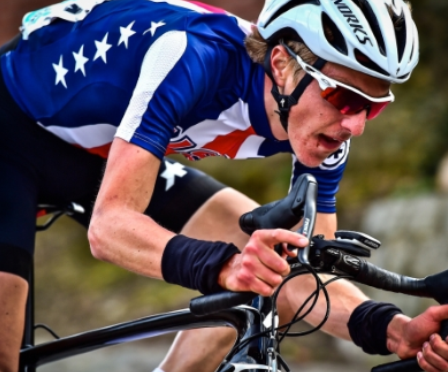

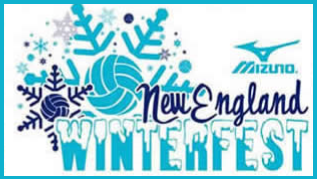
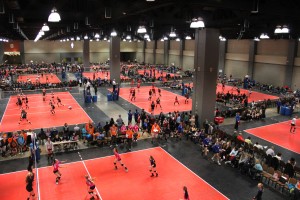
 “The New England Region is looking forward to the expansion of two weekends for our Winterfest tournament,” says Roxann Link, New England Region Junior Commissioner. “All of our clubs, players and coaches have enjoyed playing at the Connecticut Convention Center and are excited that we will be able to add more teams.”
“The New England Region is looking forward to the expansion of two weekends for our Winterfest tournament,” says Roxann Link, New England Region Junior Commissioner. “All of our clubs, players and coaches have enjoyed playing at the Connecticut Convention Center and are excited that we will be able to add more teams.”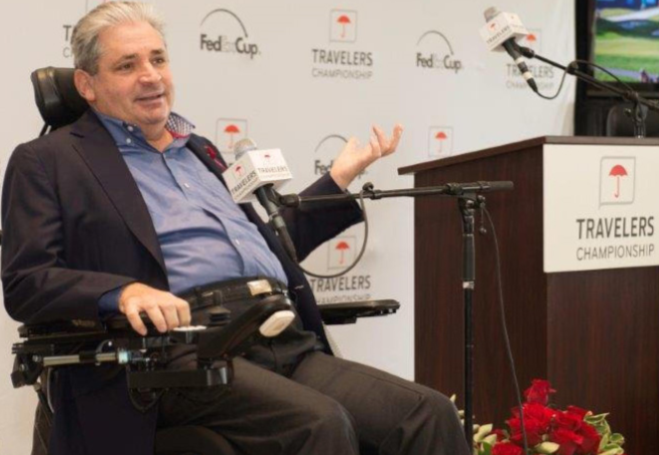
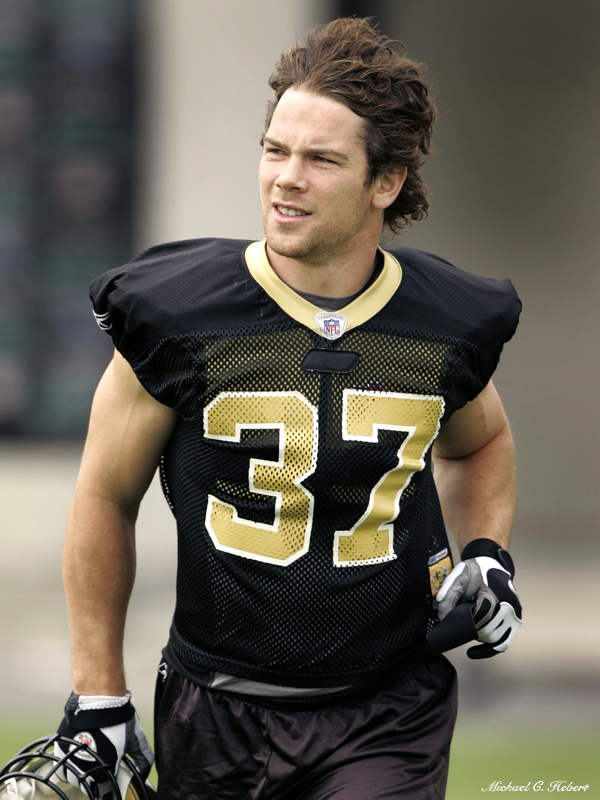
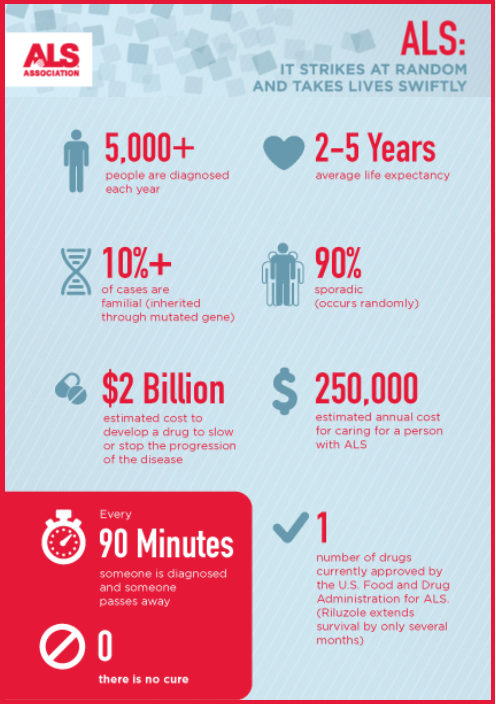
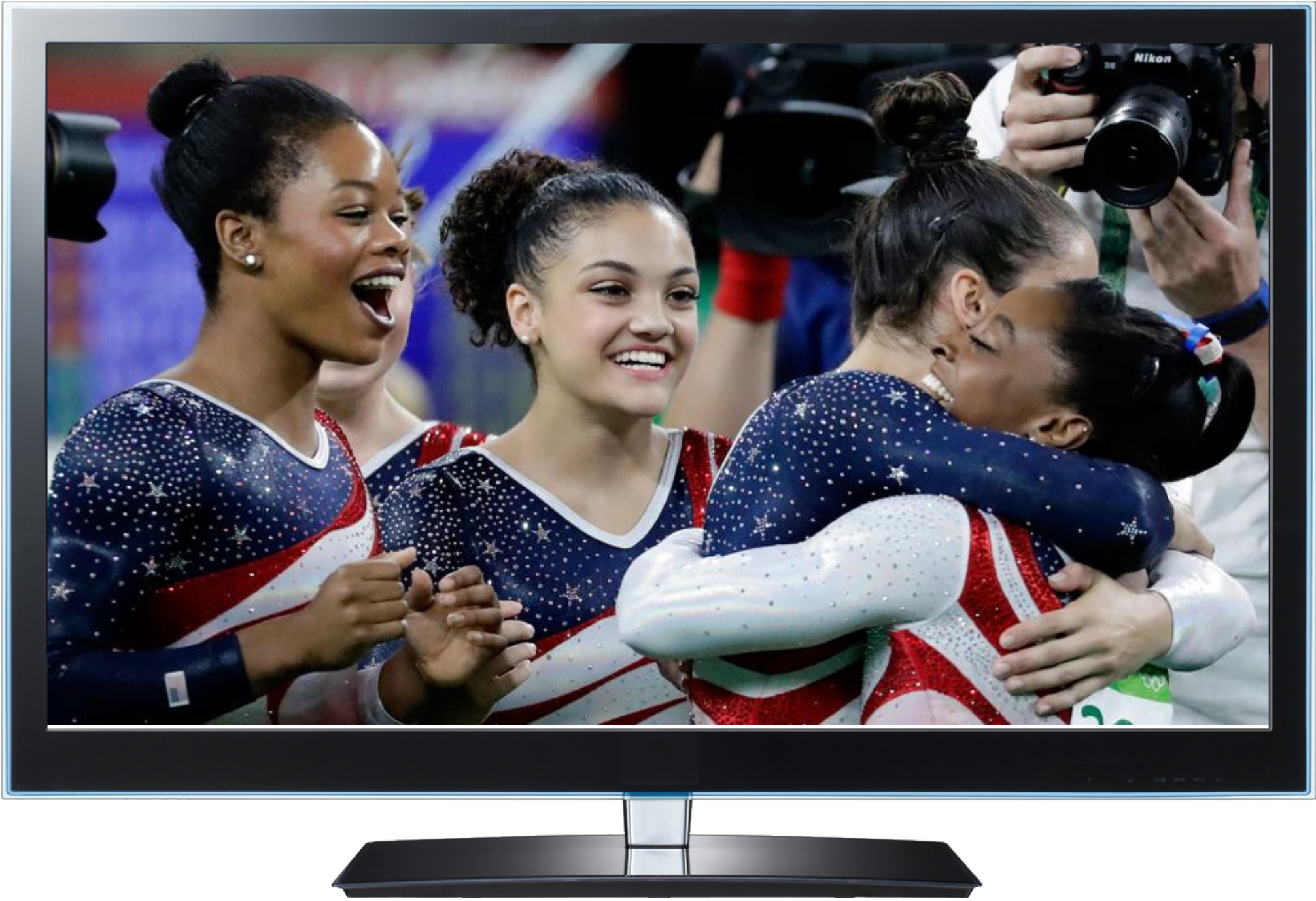 Just over three years ago, NBC Sports launched a new state-of-the-art 300,000 square foot facility headquartered in Stamford, on a thirty-three acre campus (formerly the home of Clairol). The facility brought NBC Sports, NBC Sports Network, NBC Olympics, NBC Sports Digital, and NBC Regional Networks all under one roof. Connecticut’s First Five program, providing financial incentives to major business entities to relocate to the state, helped get the deal done. At the ribbon cutting for the facility in July 2013, just off exit 9 along I-95, NBC Sports Group Chairman Mark Lazarus said it was “built for every conceivable media platform, known today or yet to be built or conceived.”
Just over three years ago, NBC Sports launched a new state-of-the-art 300,000 square foot facility headquartered in Stamford, on a thirty-three acre campus (formerly the home of Clairol). The facility brought NBC Sports, NBC Sports Network, NBC Olympics, NBC Sports Digital, and NBC Regional Networks all under one roof. Connecticut’s First Five program, providing financial incentives to major business entities to relocate to the state, helped get the deal done. At the ribbon cutting for the facility in July 2013, just off exit 9 along I-95, NBC Sports Group Chairman Mark Lazarus said it was “built for every conceivable media platform, known today or yet to be built or conceived.”
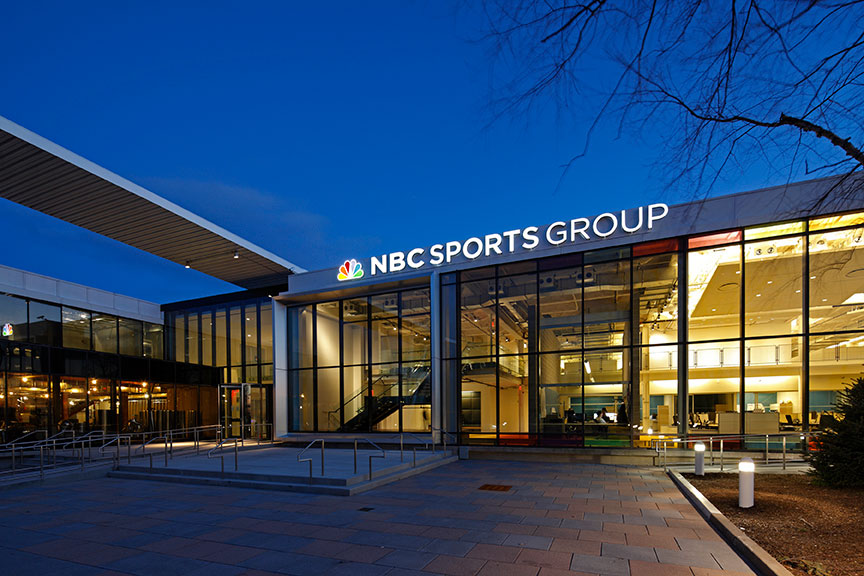
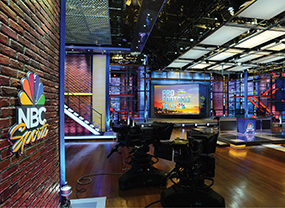 iveness of social media. In addition, ratings from the Opening Ceremonies on NBC television were down substantially from the London Games. But that seems to have been the floor, not the ceiling, for viewership levels.
iveness of social media. In addition, ratings from the Opening Ceremonies on NBC television were down substantially from the London Games. But that seems to have been the floor, not the ceiling, for viewership levels.

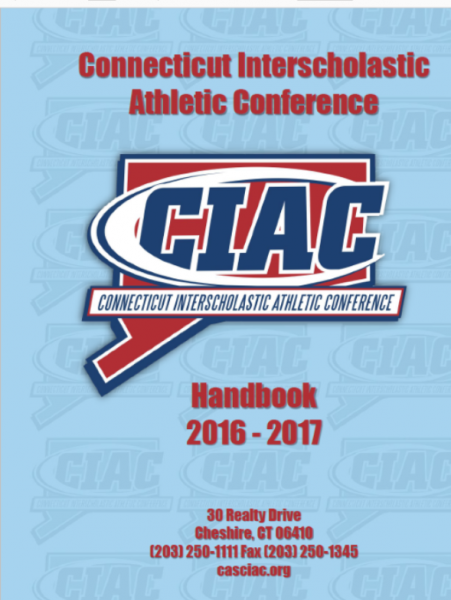 The Connecticut Interscholastic Athletic Conference
The Connecticut Interscholastic Athletic Conference 
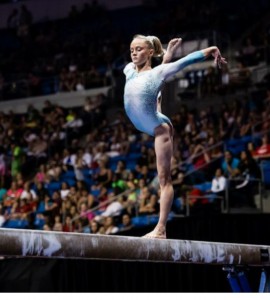 Connecticut’s top junior gymnast, Riley McCusker of New Milford, put herself squarely on the radar screen for the future with a solid second place finish in the P&G Gymnastics Championships junior women’s event, held in St. Louis. That earned McCusker, who turns 15 this month, a slot on the eight-member U.S. National Junior Women’s Team, with international competition on the horizon.
Connecticut’s top junior gymnast, Riley McCusker of New Milford, put herself squarely on the radar screen for the future with a solid second place finish in the P&G Gymnastics Championships junior women’s event, held in St. Louis. That earned McCusker, who turns 15 this month, a slot on the eight-member U.S. National Junior Women’s Team, with international competition on the horizon.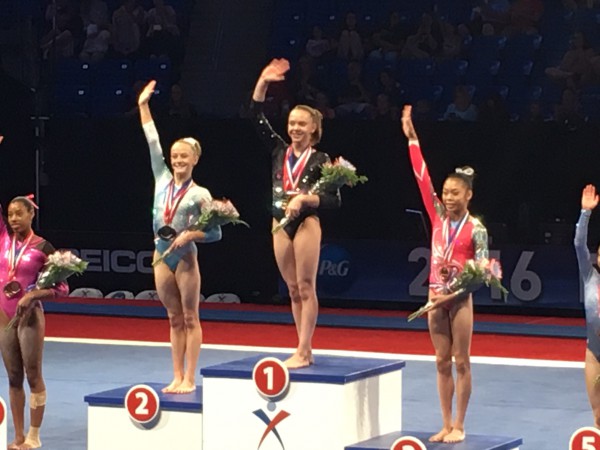
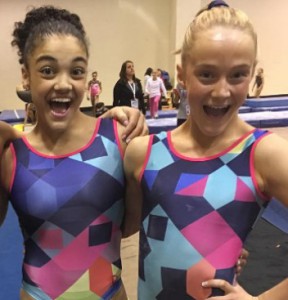 m for this summer’s Games in Rio de Janeiro, Brazil. The U.S. Olympic Trials were July 8 and 10 in San Jose. The 16-year-old Hernandez was the 2015 junior national champion, and is a competitor that McCusker trains with and is inspired by.
m for this summer’s Games in Rio de Janeiro, Brazil. The U.S. Olympic Trials were July 8 and 10 in San Jose. The 16-year-old Hernandez was the 2015 junior national champion, and is a competitor that McCusker trains with and is inspired by.






















